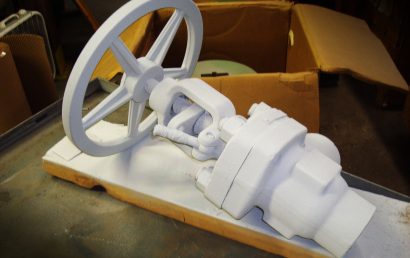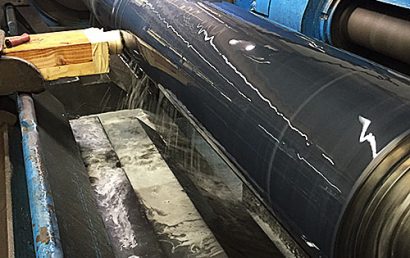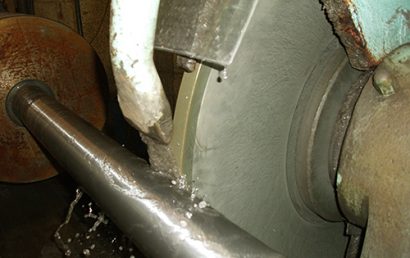5 Types Of Thermal Spray Coating Processes You Should Know
Today, thermal spray coatings are utilized in a number of different industries. These coatings consist of wire and molten powder which are exposed to plasma or oxy fuel combustion. The fire from the spray device will power the mixture that has been heated, and once it has been sprayed onto metal, the mixture will retain a firm coating.
Thermal spray coatings are used in a wide spectrum of many useful applications, which can include protecting airplanes, buildings and other structures from extreme temperatures, chemicals or environmental conditions such as humidity and rain. Here are the 5 most common processes to generate thermal spray coatings today:
HVOF (High Velocity Oxy-Fuel Spraying)
HVOF is a process which makes use of a torch that allows the flame to spread whenever the nozzle is used. This creates rapid acceleration which speeds up the particles in the mixture. The end result is an exceptionally thin coating which is evenly applied. Despite being thin, this coating is strong and adheres well. Its resistance to corrosion is better than plasma coatings, but it is not well suited for high temperatures.
Combustion Flame Spraying
Combustion flame spraying is an excellent option for surfaces which aren’t designed to handle extreme stress. The coating which results from this process is not strongly attached to the surface since the spraying mechanism is powered by a lower flame velocity. The flame will be generated via oxygen which has been combined with fuel, and this will melt the mixture. Combustion flame spraying is popular for low intensity applications due to its low cost.
Plasma Spraying
Plasma spraying makes use of the plasma torch as the main tool for heating and spraying the coating. After the powder material has been melted down, it is then placed on the product in a manner which is similar to combustion flame spraying. The coatings which result from plasma spraying may be a few micrometers thick to a few millimeters think. While powder is the most widely used material, metals and ceramics are also used. The plasma spraying process is highly popular due to its adaptability.
Vacuum Plasma Spraying
Vacuum plasma spraying is done in a controlled environment, but utilizes low temperatures. This maintains the vacuum while also reducing damage on the material. A variety of gas combinations can be used to get the necessary pressure for spraying. Vacuum plasma spraying is used for items such as car bumpers, the dashboard or housings for door mirrors. This process can also be used for the pre-treatment of polyethylene moldings, which provides adhesion for epoxy adhesives which are water based.
Two-Wire Electric Arc Spraying
This spraying method utilizes an arc point which is created between two wires which are electrically conductive. Melting will occur at the point where the wires connect. The arc allows for heating which in turn creates deposition and melting, similar to combustion flame spraying which is used with a torch. Compressed air will be used for spraying the coatings. This procedure is popular due to its cost effectiveness, and will typically use aluminum or zinc as the base material.
If you have a need for specialized applications, talk to us at A&A Coatings to find out which process we recommend for the coatings you need. Our materials engineers and technicians are highly experienced so it is guaranteed that no matter which process you opt for, the coatings on your products will provide excellent value in servicing your needs.




